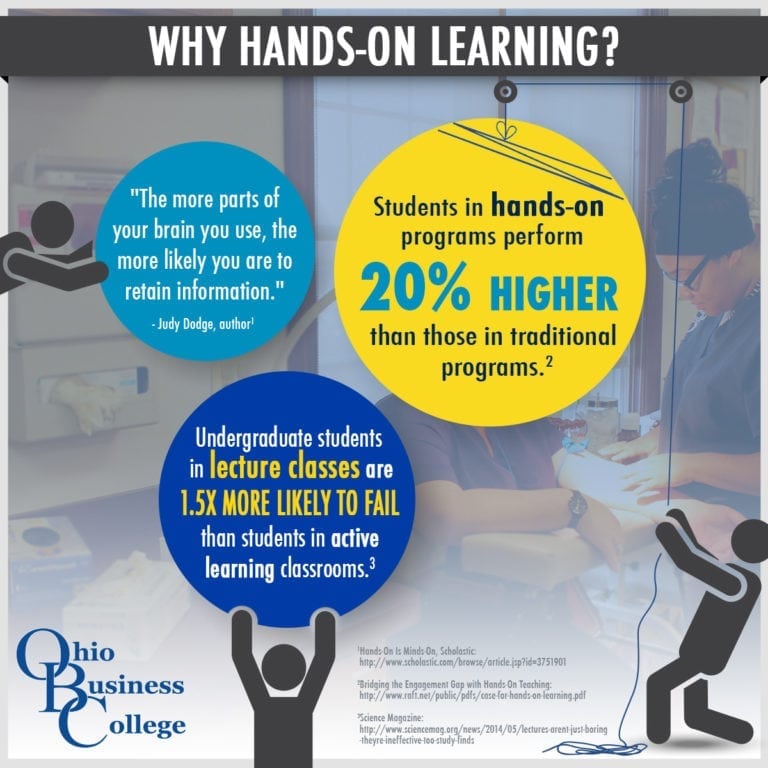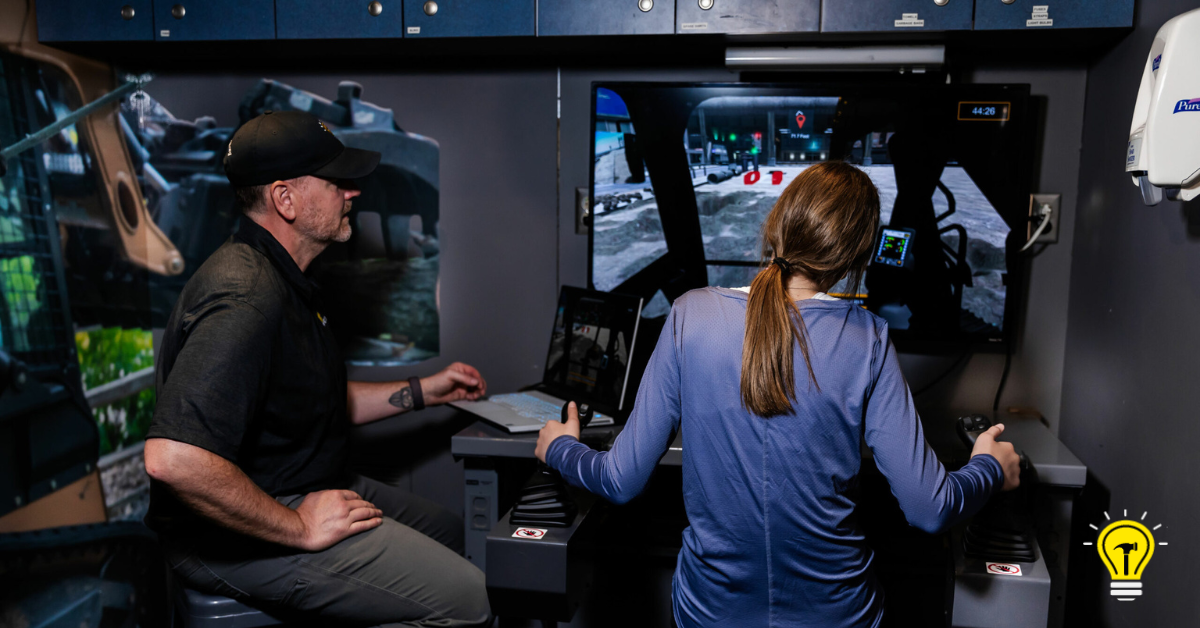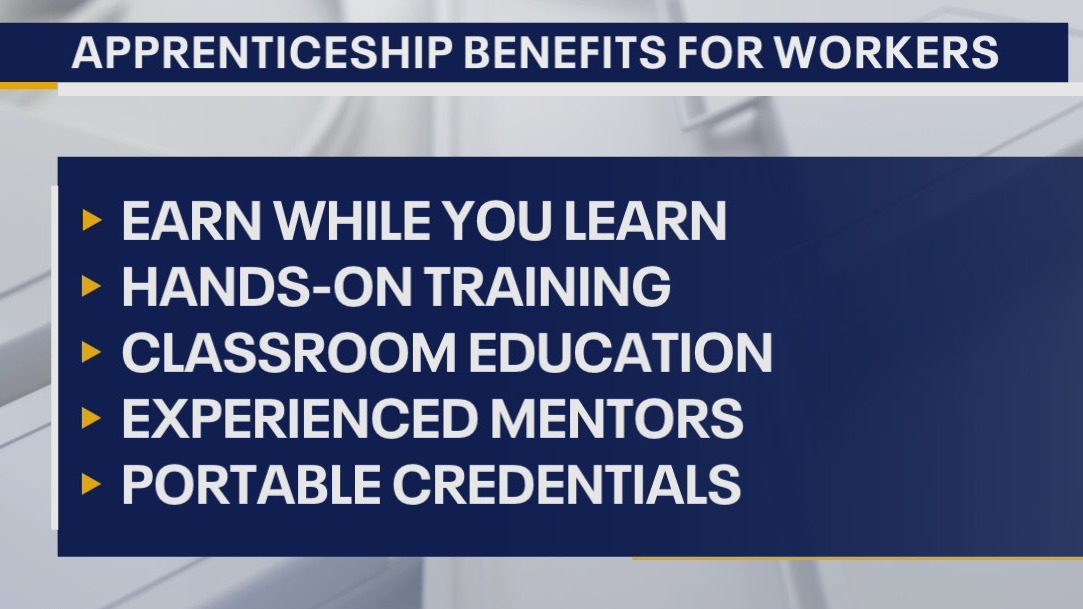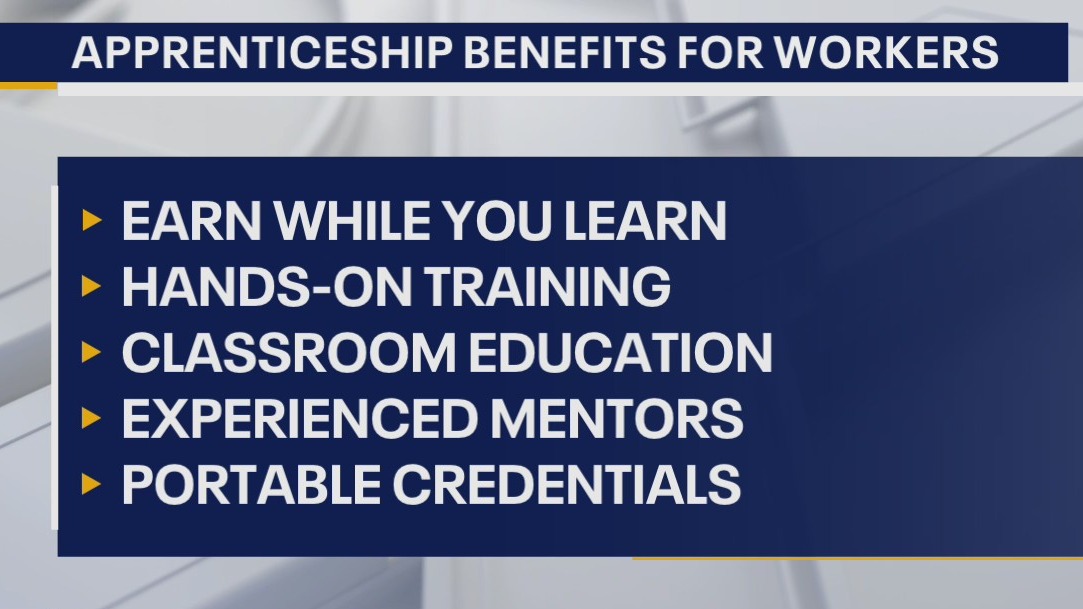We live in a world where diplomas are prized but practical skills are increasingly rare. Somewhere along the way, we traded wrenches for whiteboards, workshops for PowerPoints, and most tragically—real-world readiness for standardized test scores. At Remin.site, where we believe that memory, legacy, and purpose deserve preservation, we ask a deeper question: What kind of future are we passing on if we forget how to work with our hands?
It’s time to face a hard truth: our systems are producing graduates, not craftsmen. Thinkers, but not builders. As industries cry out for skilled labor and youth unemployment rises globally, the solution may be older than we think—reviving apprenticeships and hands-on learning.
Introduction: A Crisis in Career Readiness
Despite a surge in educational attainment, nearly 4 in 10 U.S. college graduates feel unprepared for the job market, according to Pew Research. That’s not a gap—it’s a chasm. Meanwhile, construction firms, machine shops, and green tech startups are desperate for welders, technicians, and skilled operators. These aren’t fallback jobs—they’re foundational to our economy and future.
“What we need is not more theory, but more touch—touching tools, materials, and real problems.”
— Anonymous Educator, Remin.site Community
At the core of the solution is a shift back to something incredibly human: learning by doing.
The Decline of Hands-On Learning in Modern Education

From Shop Class to Obsolete
It wasn’t so long ago that high schools buzzed with the sound of bandsaws and welding torches. Shop class was a rite of passage, not a relic. But over the past few decades, vocational training has been quietly pushed aside. In pursuit of test scores and rankings, education became a race of the mind—leaving the hands idle.
As early as the 1980s, U.S. high schools began slashing budgets for industrial arts, reallocating funds to math and reading prep. The casualties? Autoshop, woodworking, electrical labs—all disappeared from public view, though not from public need.
The Shift to Test-Centric Curriculums
Policies like No Child Left Behind and Common Core narrowed the educational lens. Teachers were told to teach to the test, not the task. And in this framework, experiential education didn’t stand a chance. Students who once could graduate as certified electricians or machinists were instead left with only academic transcripts and anxiety.
- No national curriculum for trades
- Fewer schools offering CTE programs
- Stigma around “non-academic” paths
The result? A generation cut off from the joy of tangible accomplishment—and a labor market now starved for practical skillsets.
Why Apprenticeships Matter More Than Ever

Filling the Skilled Trades Gap
According to the U.S. Bureau of Labor Statistics, there will be over 2 million unfilled skilled trade jobs in the next five years. From electricians to HVAC technicians, America is facing a talent crisis—but not for lack of interest. Rather, it’s a lack of structure and support for training pathways that blend work and learning.
This is where apprenticeships shine. They provide:
- Real wages for learners
- Mentorship from seasoned professionals
- Immediate job placement upon completion
For companies, apprenticeships ensure talent pipelines. For young people, they offer dignity and direction. For society, they are a way to rebuild not only industries—but identities rooted in contribution and craft.
Real-World Skills and Lifelong Employability
Graduates of apprenticeship programs often walk away not just with technical know-how, but with the resilience, responsibility, and reasoning that only real-world work can teach. These are skills for life, not just employment.
And unlike some university degrees, apprenticeship paths are aligned with labor market demands, ensuring that training leads directly to opportunity—not to debt.
Economic and Social Benefits of Apprenticeships

Closing the Wage Gap
The myth persists that trade jobs pay less. In reality, many skilled tradespeople out-earn liberal arts graduates by age 30. Zero student debt, strong demand, union protections</strong—this isn’t the backup plan. For many, it’s the smart plan.
According to OECD data, countries with robust apprenticeship systems show lower wage inequality and stronger middle classes. Coincidence? Hardly.
Enhancing Equity and Accessibility
Apprenticeships are also a path toward economic inclusion. For those who can’t afford four years of university, they offer a powerful alternative—one rooted in merit, performance, and mentorship.
“Apprenticeships give students a ladder, not just a diploma. And sometimes, that ladder is what lifts families out of generational poverty.”
— A trades educator, Florida CTE Network
To be continued…
Global Perspectives: How Other Countries Succeed with Apprenticeships
To understand what we’ve lost—and what we can reclaim—it helps to look abroad. Several nations have not only preserved hands-on learning but elevated it to the heart of their workforce strategy.
Germany’s Dual System
Germany’s renowned Dual Vocational Training system seamlessly blends classroom learning with on-the-job experience. Teenagers split their weeks between school and paid apprenticeships in industries ranging from IT to engineering to hospitality. The result? A youth unemployment rate that is among the lowest in the EU, and a population that sees skilled work as a badge of honor—not a backup plan.
Switzerland’s Model
In Switzerland, nearly 70% of students choose apprenticeships over traditional academic tracks. With strong employer involvement and a clear career trajectory, these programs aren’t seen as inferior—they’re seen as practical and empowering. In fact, many Swiss CEOs began their careers as apprentices.
Countries like Austria, the Netherlands, and Denmark also offer powerful examples. The lesson? Apprenticeships are not old-fashioned—they are forward-facing when done right.

Barriers to Revival in the U.S. and Western Nations
Despite the clear benefits, reviving apprenticeships is not without obstacles. Many of them lie not in policy—but in perception.
Misconceptions About Blue-Collar Careers
There’s a cultural myth that only college leads to success. But this mindset ignores the reality that many trades offer stability, autonomy, and purpose—with lower barriers to entry and faster returns on investment. We need to ask ourselves: What are we really preparing our kids for—a degree or a life?
Lack of Institutional Support
In many regions, high schools and community colleges lack the funding, partnerships, or administrative will to sustain hands-on programs. Without strong leadership, skilled educators, and clear incentives, these pathways wither—despite demand from students and industries alike.
- Few educators trained in trades
- Low investment in infrastructure and tools
- Minimal promotion of apprenticeship programs
Pathways to Revive and Reform Hands-On Learning
Hope is not lost. In fact, the foundation for a revival already exists—we just need to rebuild with intention. Here’s how:
Public-Private Partnerships and Incentives
Governments, schools, and employers must co-create apprenticeship pipelines. By offering tax incentives, wage subsidies, and grant funding, companies can invest in future talent—and students can access careers that don’t require crushing debt.
Some promising models include:
- U.S. Registered Apprenticeship Programs
- State-level CTE initiatives in California, Texas, and North Carolina
- Work-based learning pilots from Jobs for the Future (JFF)
Integration with Modern Technologies and CTE
Hands-on learning doesn’t mean outdated. In fact, today’s apprentices are working with renewable energy systems, AI-driven automation, robotics, and cybersecurity tools. Integrating apprenticeships into these high-growth sectors can make them both attractive and futuristic.
“If we want to future-proof our economy, we must invest in hands-on skills as much as high-tech tools.”
— Future of Work Panel, World Economic Forum
Conclusion: The Future Depends on Skilled Hands
At Remin.site, we preserve not only stories but skills, values, and legacies. Our children shouldn’t inherit a world where the knowledge of how to build, repair, or craft has been erased. They deserve more than information—they deserve transformation through experience.
Takeaway: Making Learning Tangible Again
Reviving apprenticeships and hands-on learning is not just about fixing a labor shortage. It’s about restoring dignity to work, offering young people purpose, and reshaping education into something real. Something lasting. Something human.
Call to Action: Support Apprenticeship Programs
- Encourage schools to invest in vocational education
- Partner with local businesses to create apprenticeship opportunities
- Promote policy changes that prioritize experiential learning
- Share your story on Remin.site to inspire the next generation
FAQs: Common Questions About Apprenticeships
What age can students start apprenticeships?
Most programs start between ages 16–18, often during or right after high school.
Do apprenticeships replace college?
Not necessarily. They offer an alternative—or even a bridge—to higher education, with many programs offering college credit.
What industries offer the best programs?
Construction, healthcare, IT, renewable energy, advanced manufacturing, and logistics are all rich with apprenticeship opportunities.
Are apprenticeships paid?
Yes. Apprentices earn while they learn, and their wages typically increase as their skills grow.
Death is not the end—it is the beginning. Let’s ensure the future we leave behind is built not just with knowledge, but with skills that matter.
